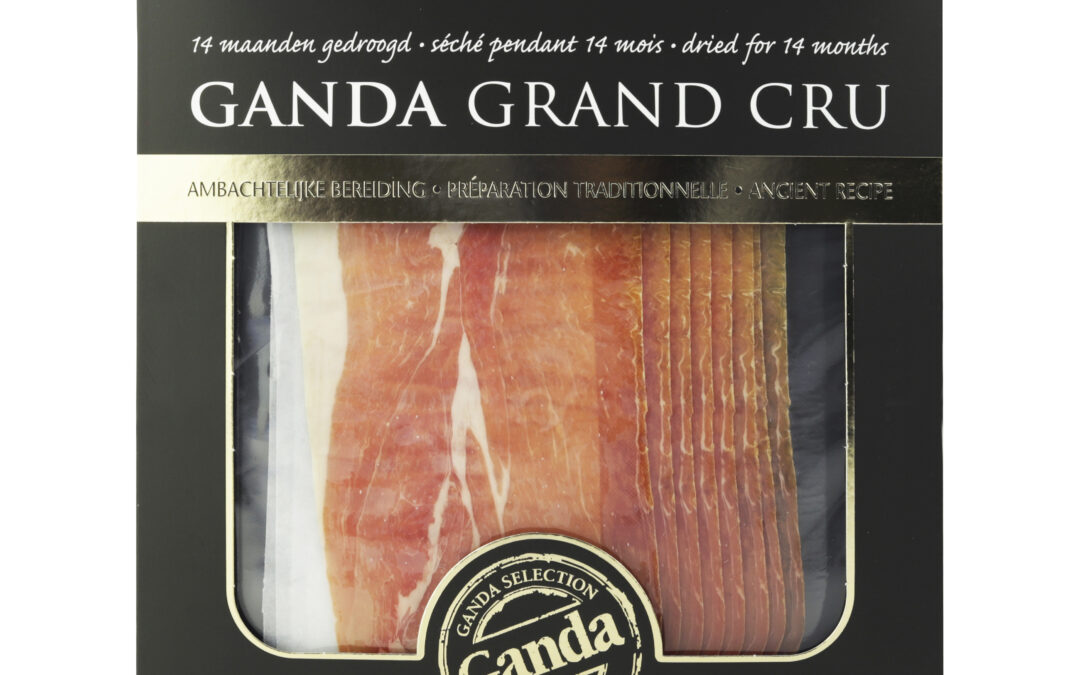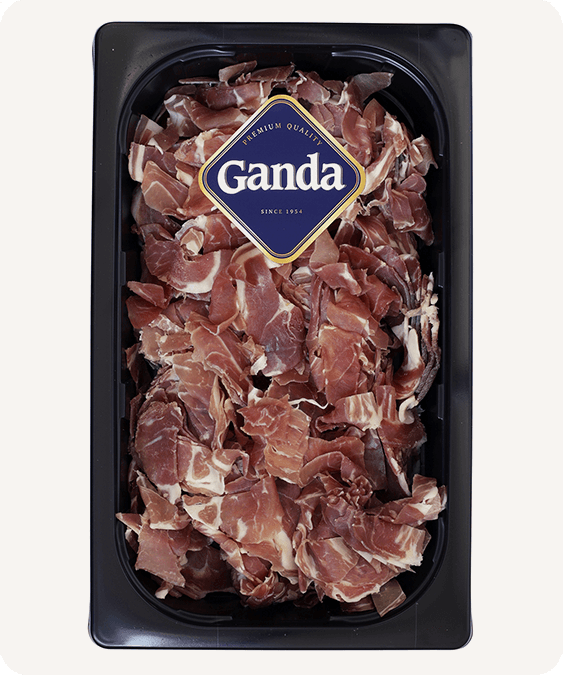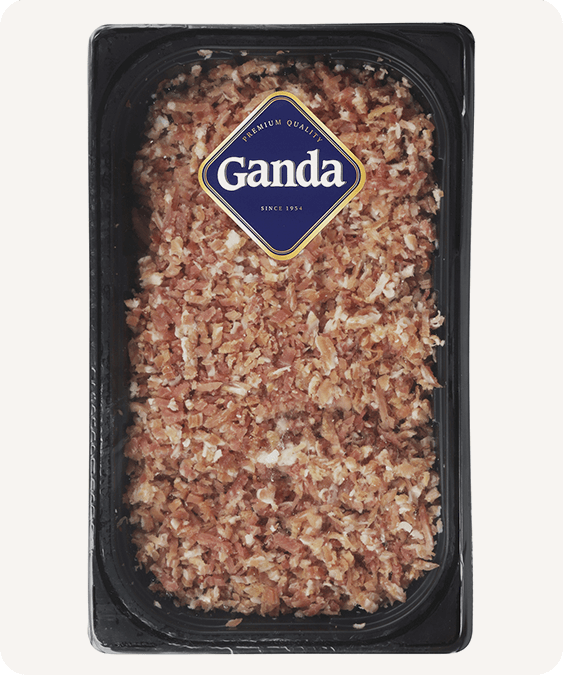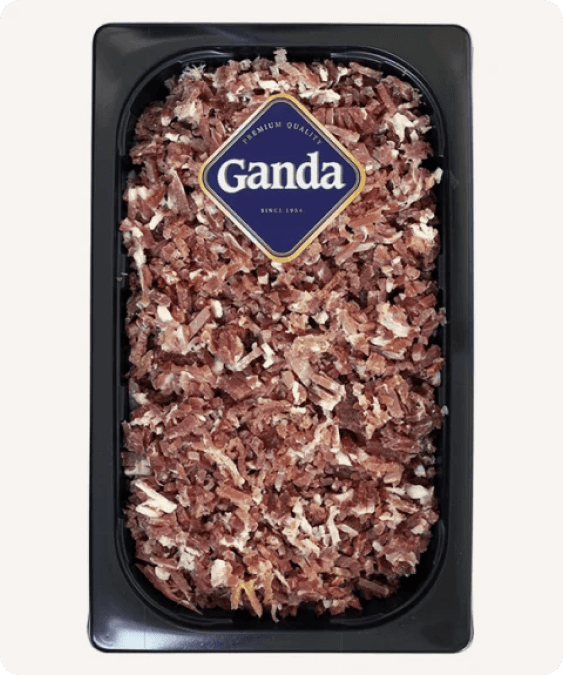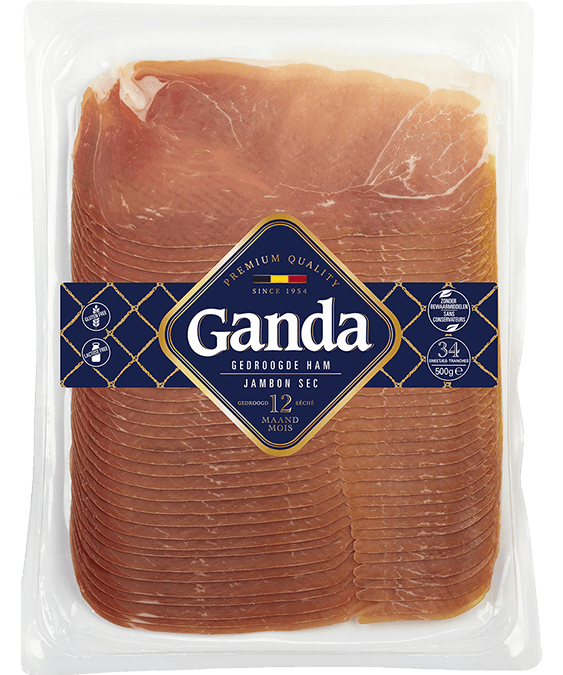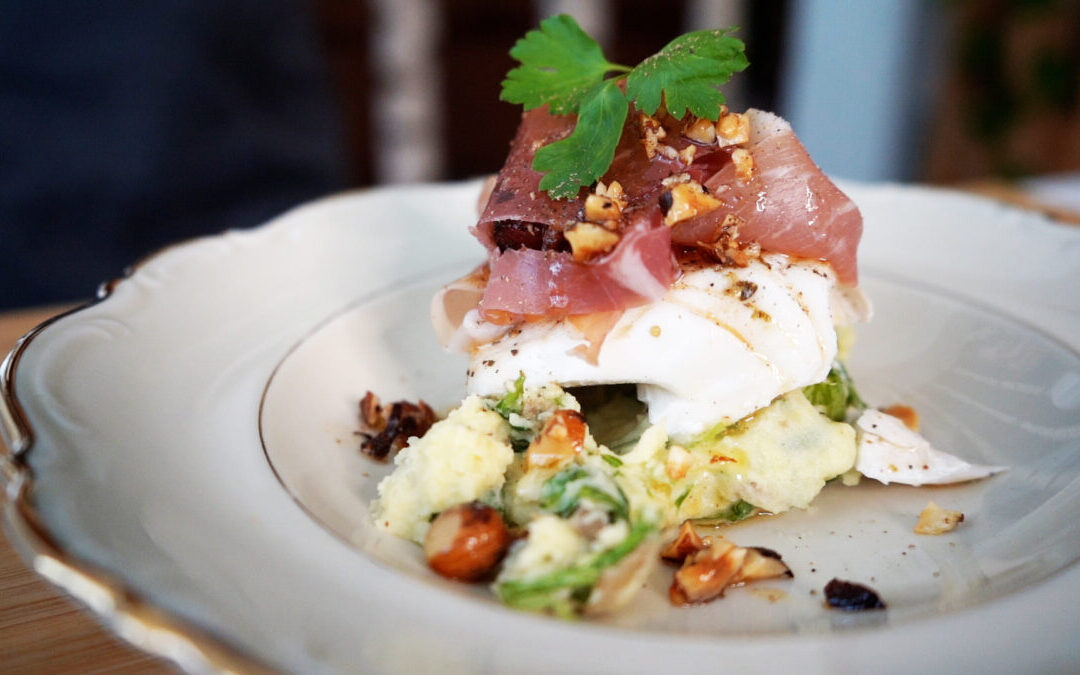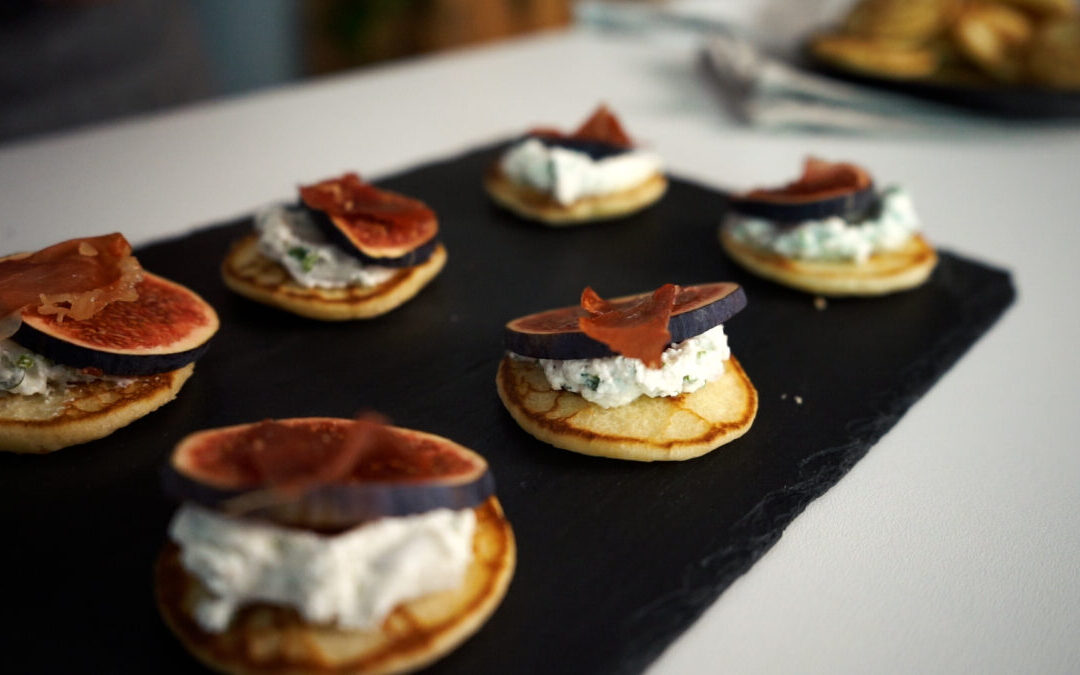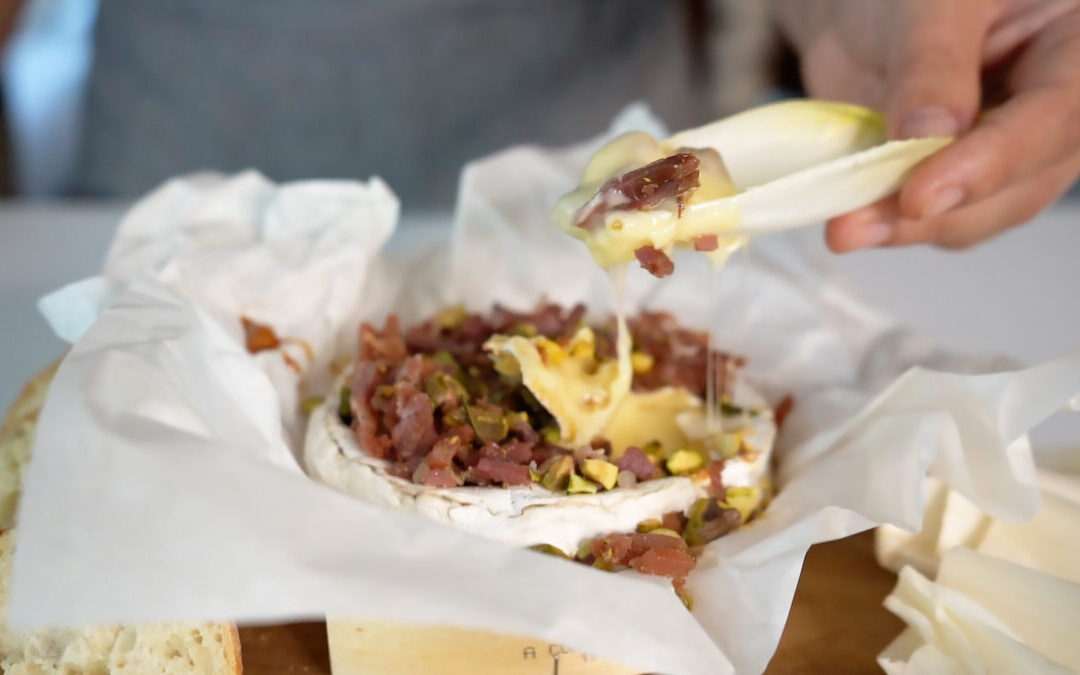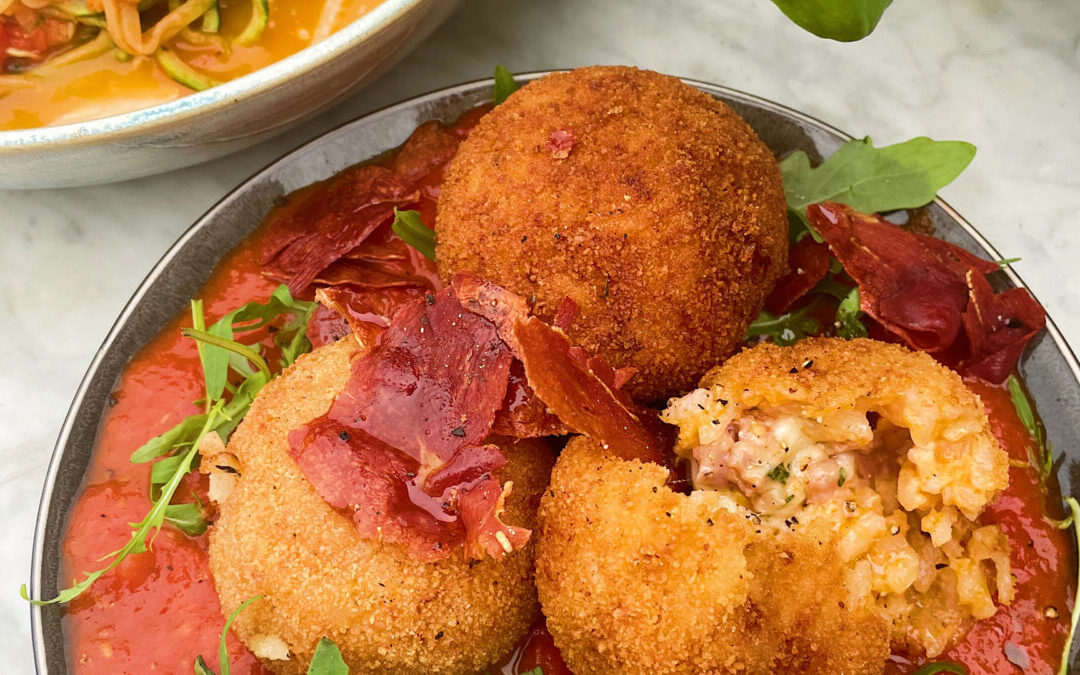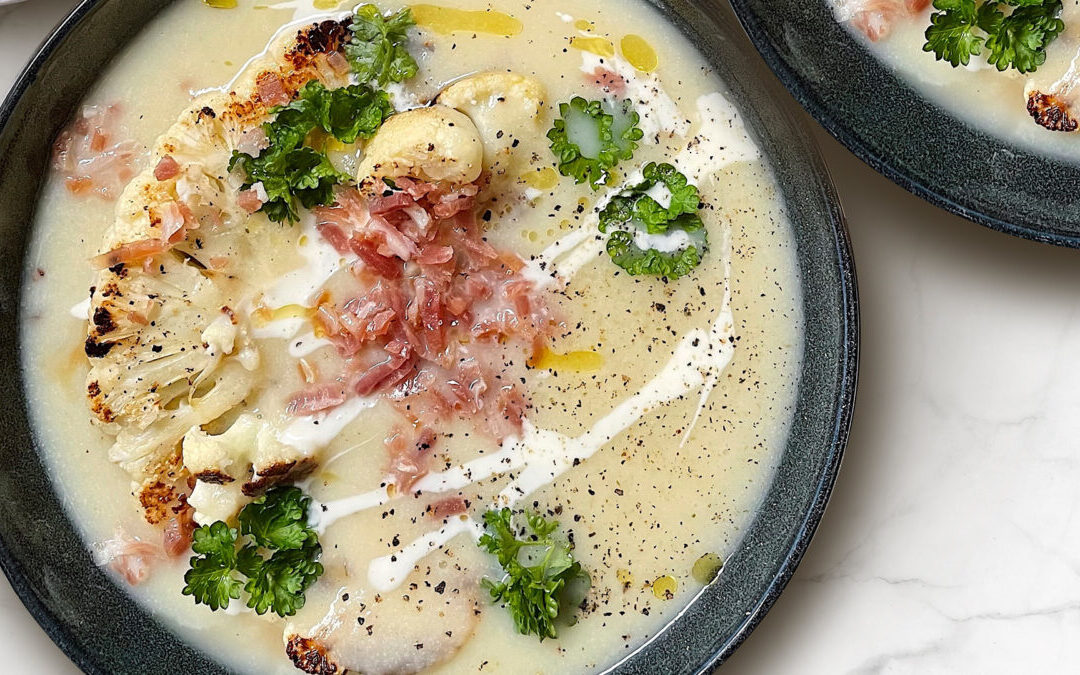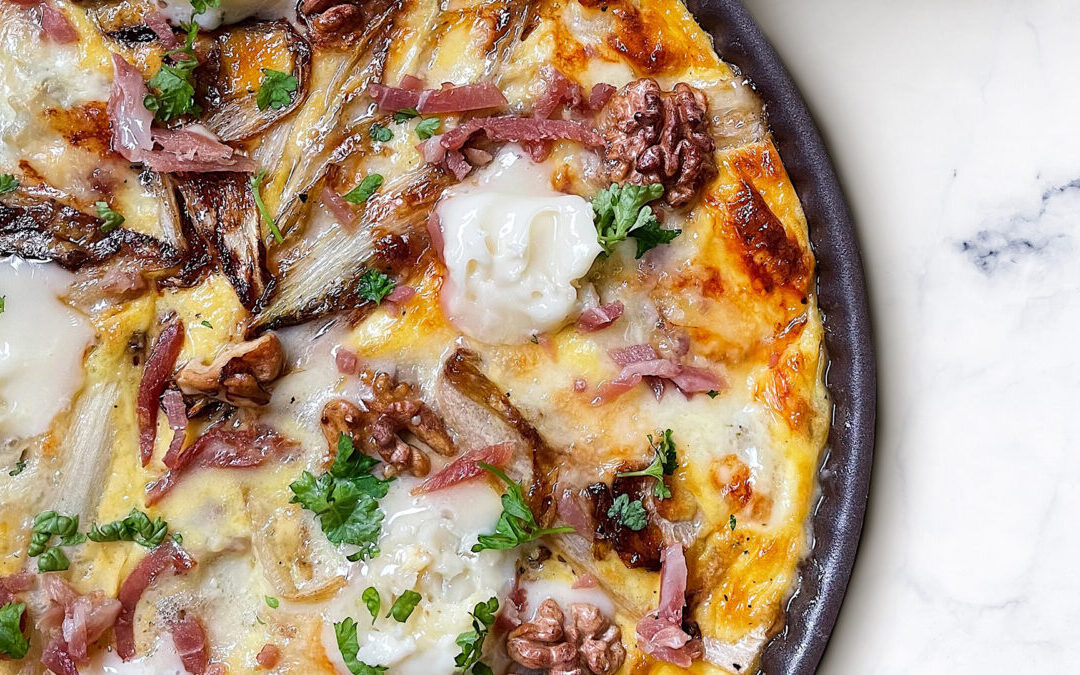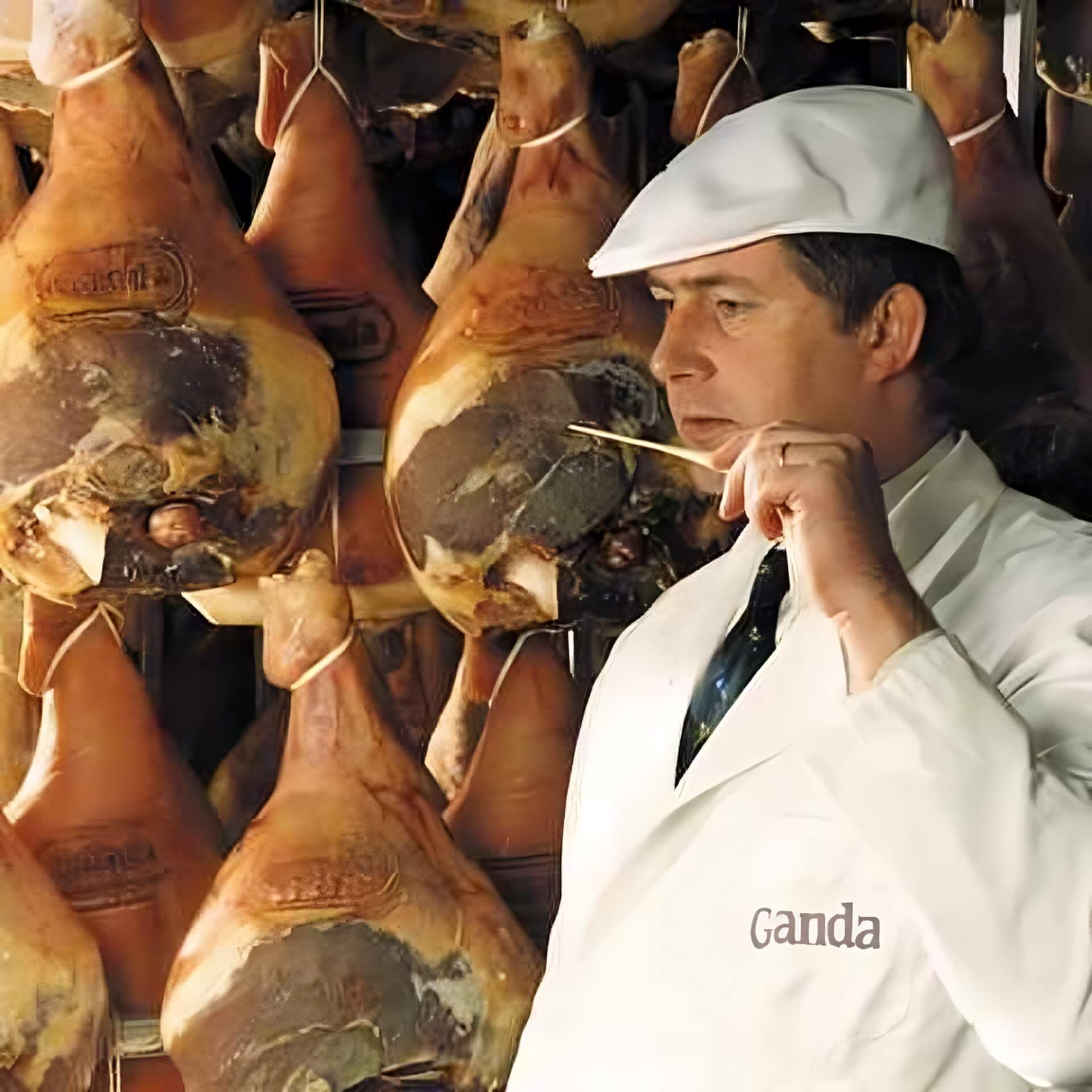
ARTISANAL QUALITY FROM GHENT
At Ganda, we are constantly striving for top quality, upholding traditional methods as part of an eco-friendly preparation process, with employees who are proud of what we do – you can taste the passion in every bite!
GANDA’S ORIGINS STORY
The name Ganda is ancient Celtic for the city of Ghent and literally denotes the hand shape formed by the meeting of the rivers Lys, Scheldt, and Lieve. Ganda also stands for the harmonious coexistence of man and nature within the flat, Flemish landscape between rivers, an area gastronomically famed for its dry-cured, artisan ham.
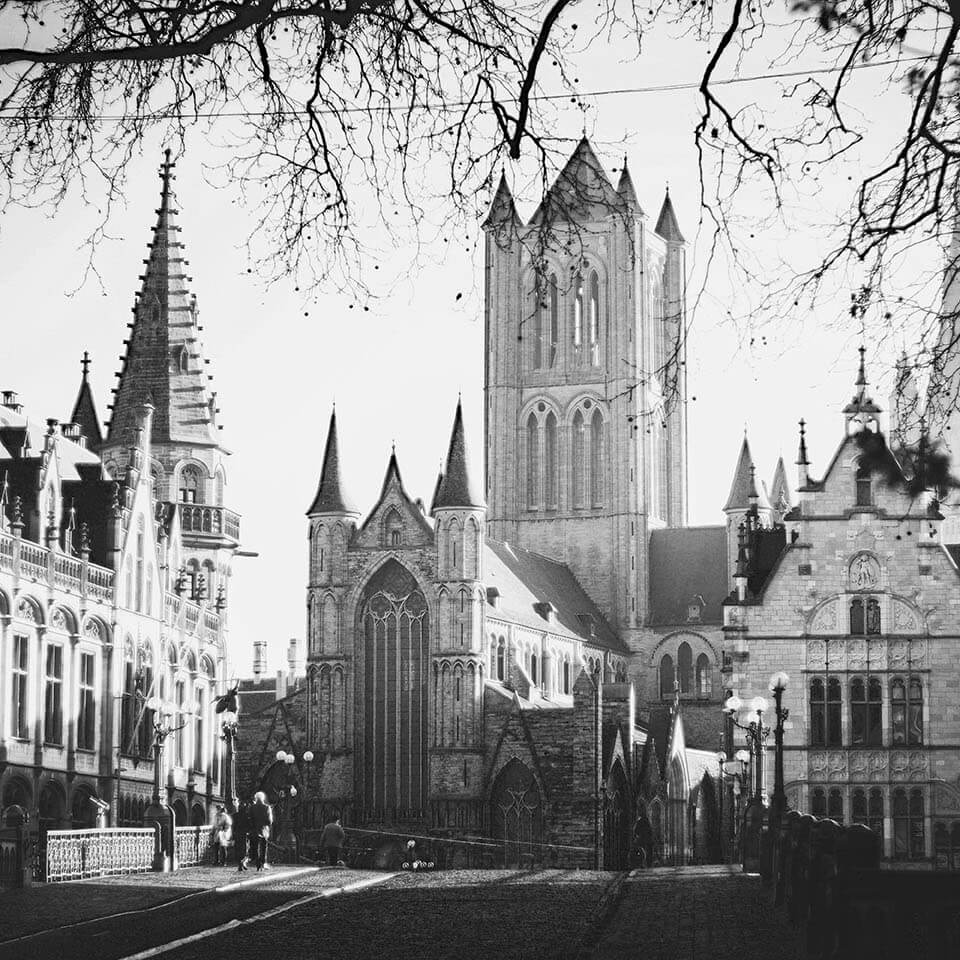
Our products
For sale in your local supermarket, butcher and specialty shop.
AMAZING RECIPES
Our best tips for irresistible, delicious dishes featuring Ganda Ham, coming from the creative minds of both master and amateur chefs.
TALK TO US


